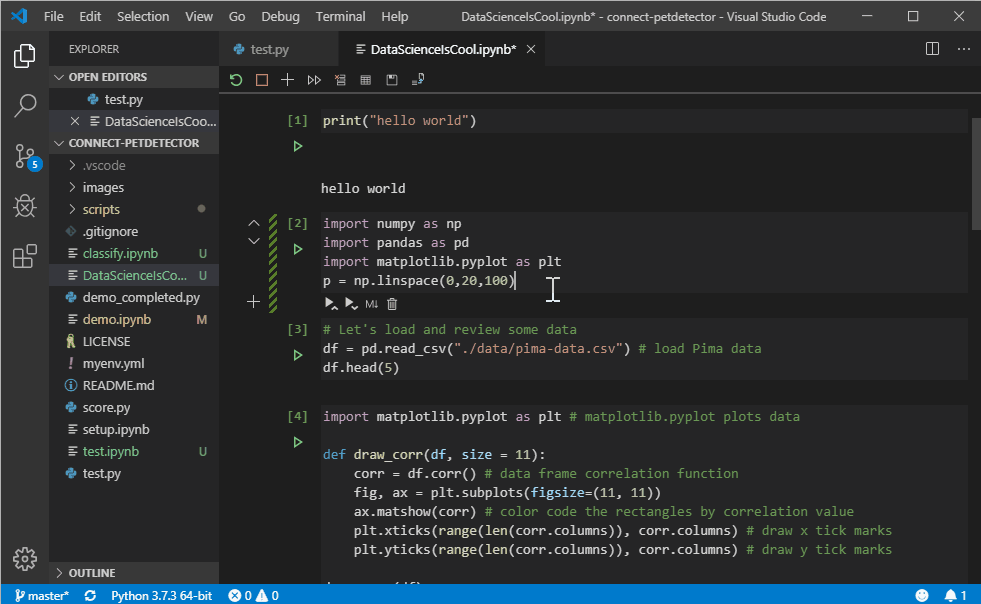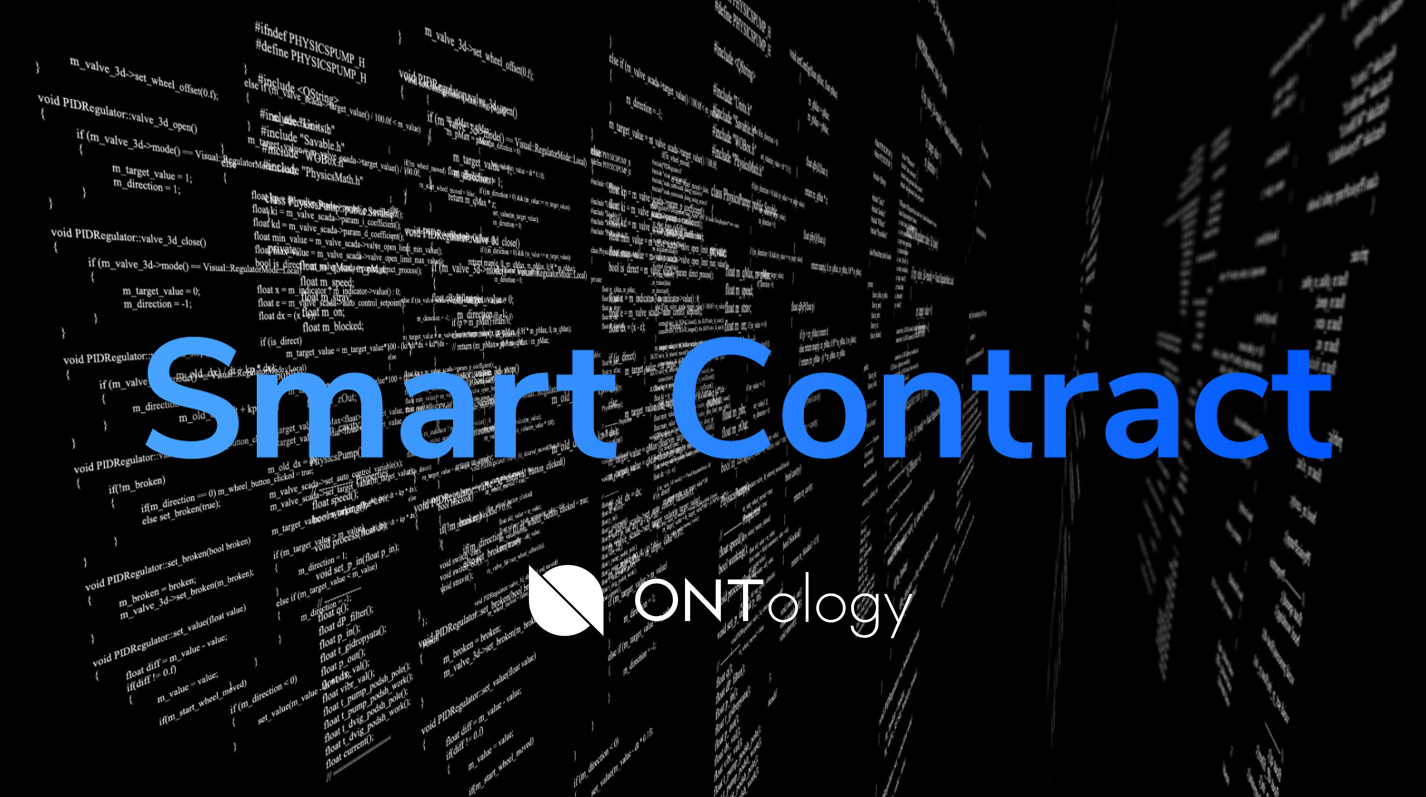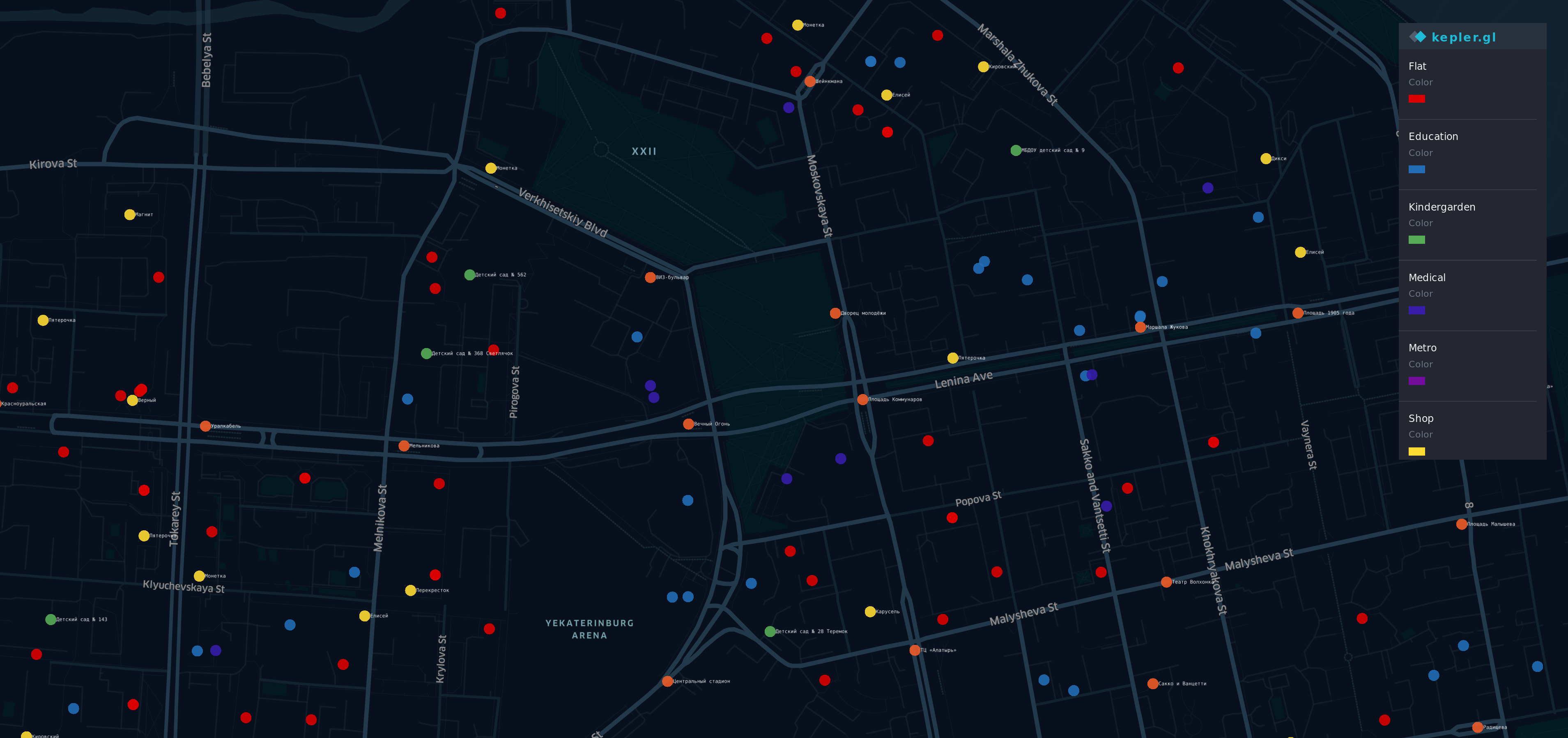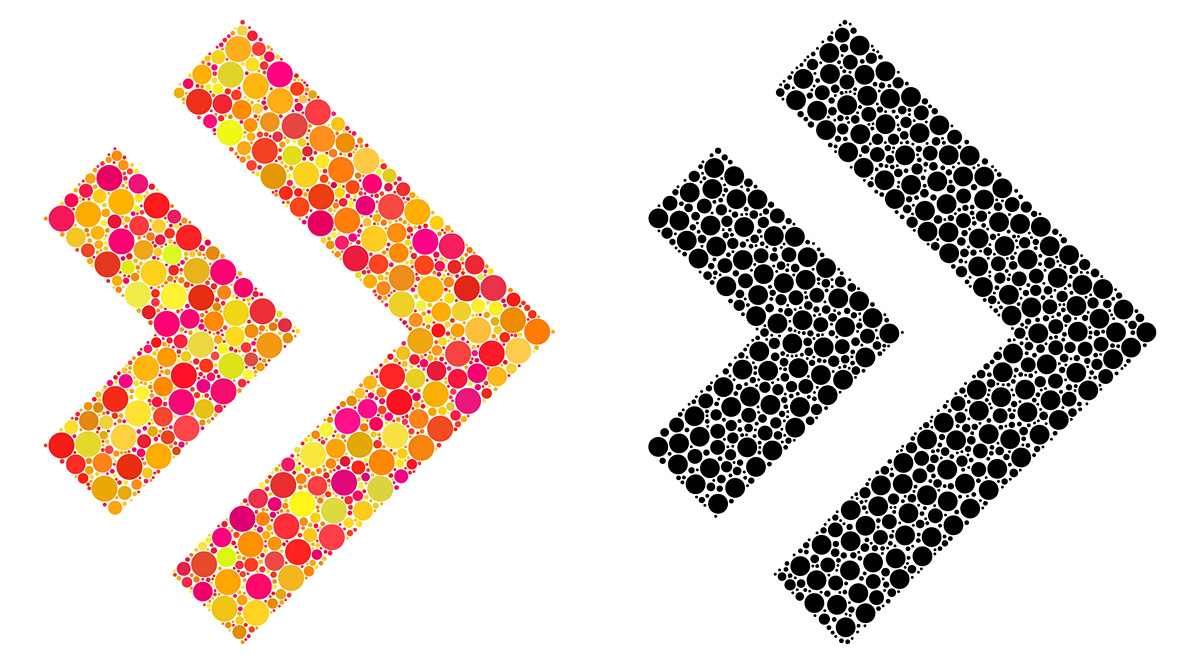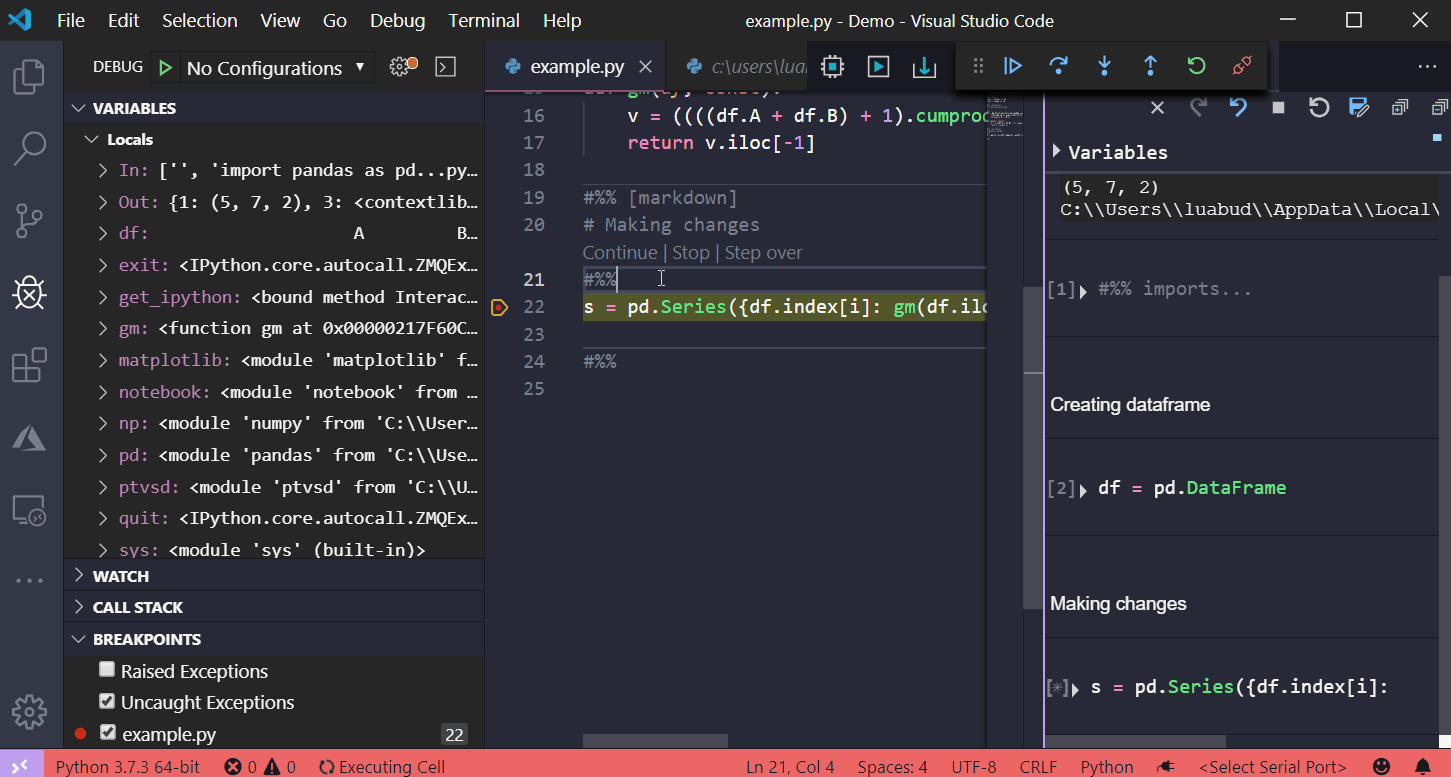Top 5 Software Development Practices to Follow in 2020

Though it seems we are just a few months away from reaching 2020, these months are also important in the field of software development. Here in this article, we will see how the coming year 2020 will change the lives of software developers!
Future Software Development Is Here!
Traditional software development is about developing software by writing code and following some fixed rules. But the present-day software development witnessed a paradigm shift with advances in Artificial Intelligence, Machine Learning, and Deep Learning. With the integration of these three technologies, developers will be able to build software solutions that learn the instructions and add extra features and patterns in data that are needed for the desired outcome.
Also read: How Blockchain is helping the healthcare sector?
Let’s Try Out With Some Code
Over time, the neural network software development systems have become more complex in terms of integrations as well as layers of functionality and interfaces. Developers can build a very simple neural network with Python 3.6. Here’s an example of a program that does binary classification with 1 or 0.
Of course, we can start by creating a neural network class:
import numpy as np
X=np.array([[0,1,1,0],[0,1,1,1],[1,0,0,1]])
y=np.array([[0],[1],[1]])
Applying the Sigmoid function:
def sigmoid ():
return 1/(1 + np.exp(-x))
def derivatives_sigmoid ():
return x * (1-x)Training the Model With Initial Weights and Biases:
epoch=10000
lr=0.1
inputlayer_neurons = X.shape[1]
hiddenlayer_neurons = 3
output_neurons = 1
wh=np.random.uniform(size=(inputlayer_neurons,hiddenlayer_neurons))
bh=np.random.uniform(size=(1,hiddenlayer_neurons))
wout=np.random.uniform(size=(hiddenlayer_neurons,output_neurons))
bout=np.random.uniform(size=(1,output_neurons))For beginners, if you need help regarding neural networks, you can get in touch with top software development company.Or, you can hire AI/ML developers to work on your project.






